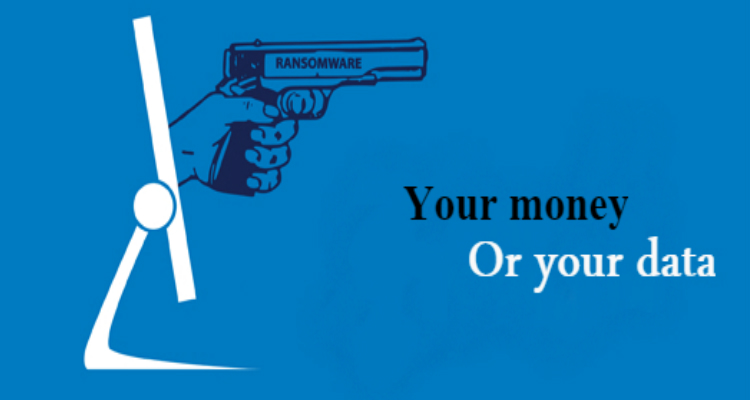What would you do if access to your system and all your mission-critical digital data were blocked and then you had to pay a ransom amount in exchange for your files? That's what ransomware is. For those who are still naive to the term ransomware, here is a short description. Ransomware is a type of malware launched by an attacker who encrypts data and applications on end-user system, keeps the digital data hostage and then demands payment in exchange for the file decryption keys.
Currently, ransomware is growing to be a more common cyberattack and an infection launched can cost a huge deal of money for the end-user. Fortunately, there are some intelligent ways such as cloud solutions that can help deal with such notorious activities. Here are certain things that you should consider to prevent and mitigate ransomware attacks.
Back it up
No backed up files yet? Great. You'll be soon be one of the victims not only of ransomware, but other business disasters as well. Backing up data is not a neck-breaking task; you just need to make copies of your files and store it somewhere safe. Cloud backup is an effective solution that you can go ahead with. Ensure to regularly backup your data because it is a preventative measure you're taking and not curative. Follow the 3-2-1 backup rule; at least three copies of your data, stored on at least two different media with one backup located offsite.
Use a reliable security suite
An anti-malware software along with firewall can provide a good amount of protection to your digital data and notify you of any threat or suspicious behavior in the network. These two layers of security is recommended because attackers tend to inject new variants just to avoid identification. So if a ransomware tends to get past anti-malware software, it may still be detected by a firewall when it tries to connect with its Command and Control server to go on with file encryption.
Update security products frequently
Outdated software is an easy path for exploiters to get onto your system and launch an attack. If you make sure to patch or update security products regularly, it can significantly reduce the potential for the ransomware attack. Keep an eye on the latest updates available and upgrade your software on a regular basis. However, there are certain unscheduled updates coming out so you must consider enabling auto-update feature.
Educate your employees
Although IT leaders put in a lot of effort to implement best security layers, a minor blunder can take everything down. Educating employees about ransonware and other online threats can be a great defense against cyber crimes. The basic guidelines include not opening links and attachments received via emails or messages from an unknown sender or links with .EXE extensions.

